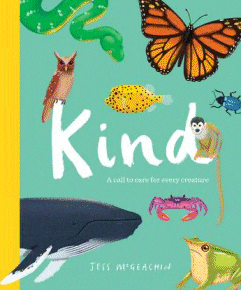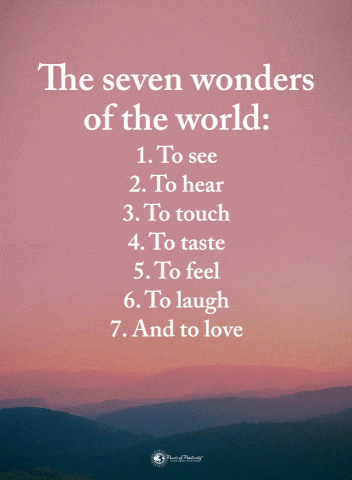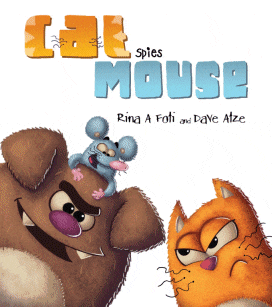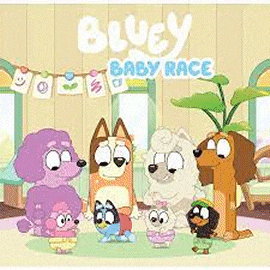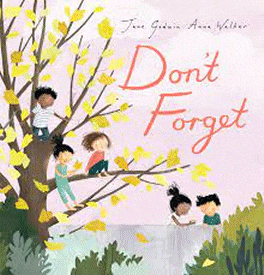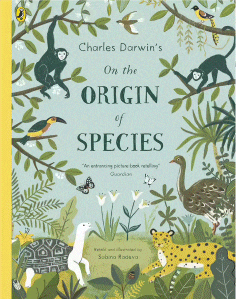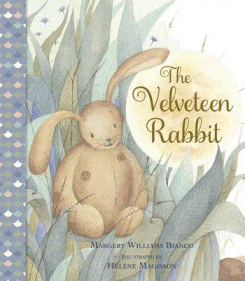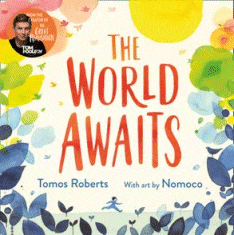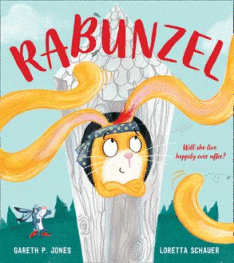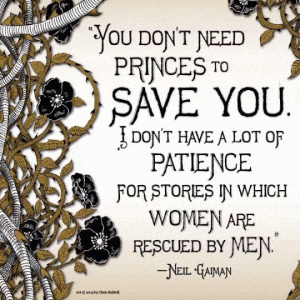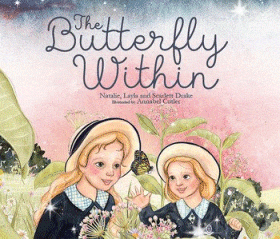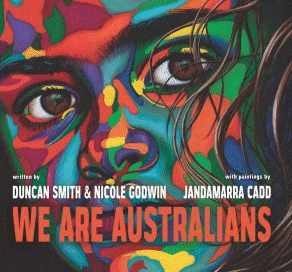
We Are Australians
We Are Australians
Duncan Smith & Nicole Godwin
Jandamarra Cadd
Wild Dog Books, 2022
32pp., hbk., RRP $A24.99
9781742036328
“We are Australians. We are citizens of our family, classroom, school, community, church, street, suburb, team, town, state, country, world.”
“As citizens of Australia, we have rights, And we have responsibilities.”
There, in those few stark words alone, is so much food for thought and discussion with our students, particularly as we head into another federal election. What does it mean to be a ‘citizen’? And what are the “rights” and “responsibilities”? But team those words with the illustrations which accompany them and there is a whole new dimension to consider.
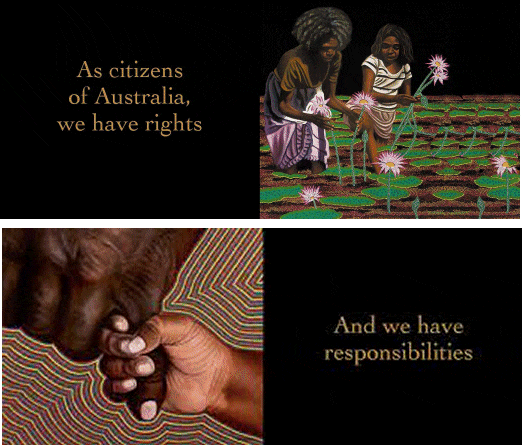
Rather than the focus being on individual rights and responsibilities, what do those words mean when it comes to the bigger picture – the looking after each other, the caring for the land? And not just for those who have gone through the formal citizenship ceremony, but also for those born here? And not just for now, but also into the future?
Over the last two years, our students would have heard the phrase “for the greater good” often, particularly in relation to the safety procedures related to COVID-19, but what do they mean when it comes to living with each other despite our diverse heritages and histories, so that the present does have a future? What do we, as individuals, need to know, understand, do, appreciate and value about our own culture and that of others so that we can contribute to move forward positively, collectively? In particular, what do we need to know, acknowledge and embrace about those who have gone before, who have lived here for thousands of generations so we can connect and continue their legacy so we leave our children a deep attachment to the country they walk on that is more than the comings and goings of political parties, politicians and policies? For all that we have heard the voices of those with the power to access the microphone, whose voices have been silenced? And now that those who were once silent are now being heard, what are they saying that we must listen to? What do they know that we must learn if we are to survive as a cohesive whole?
From the vivid cover illustration of a young face vibrantly sporting a rainbow of colours to the more grizzled, aged face in its traditional hues, Jandamarra Cadd’s illustrations add a depth to the text that goes beyond his blending of contemporary portraiture with traditional techniques, suggesting that ultimately the way forward has to become a blend of the two – those First Nations peoples who have been here for 50 000 years and those “who’ve come across the seas”. The timeline at the end of the book suggests that there is a merging of the journeys but what more can be done to make them fully intertwined in the future?
This is a stunning and provocative book that has a place in every classroom to promote and grow that concept of “the greater good’ – from Kinder Kids making new friends and learning what it means to be a citizen “of the classroom” to those facing voting and having to consider the national, and even global aspects of both their rights and responsibilities.
